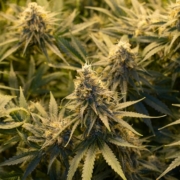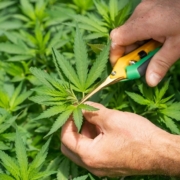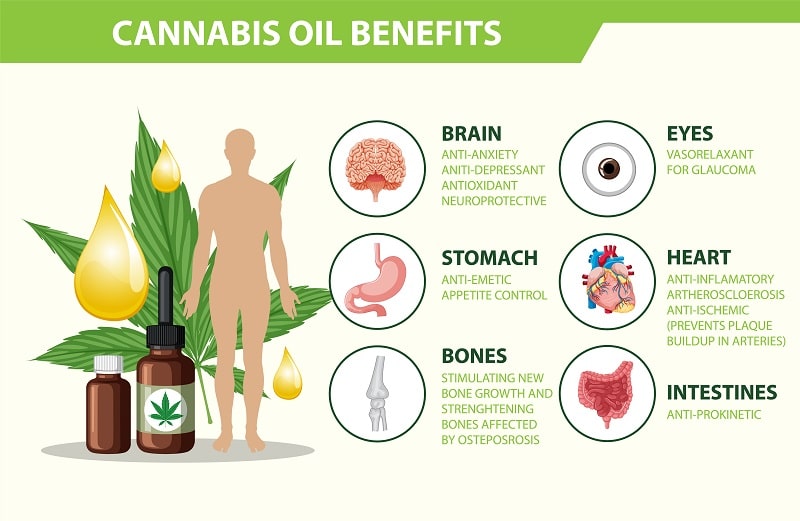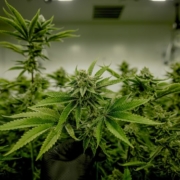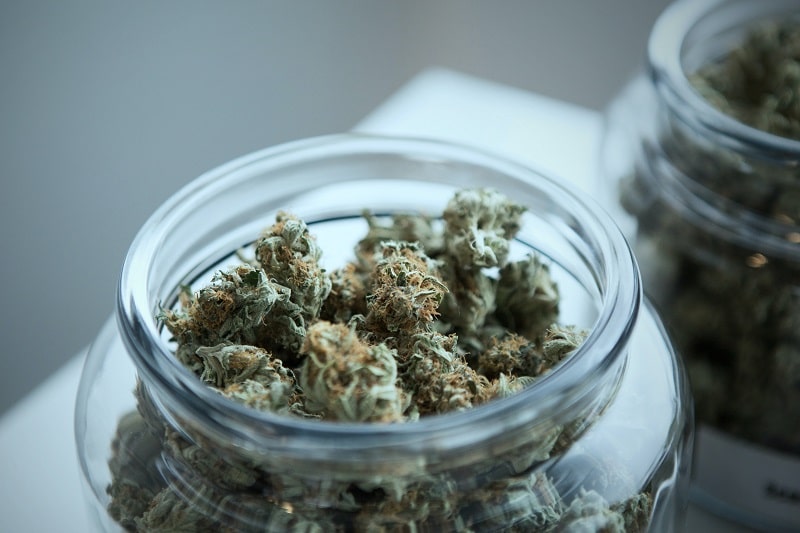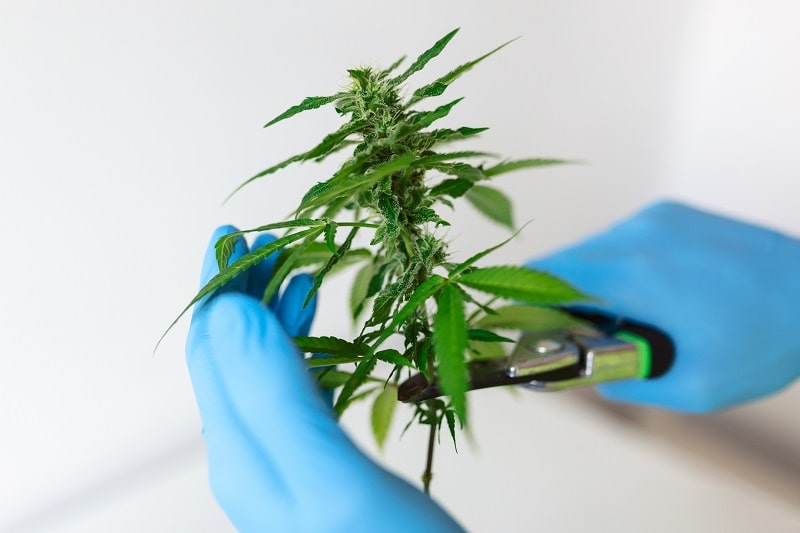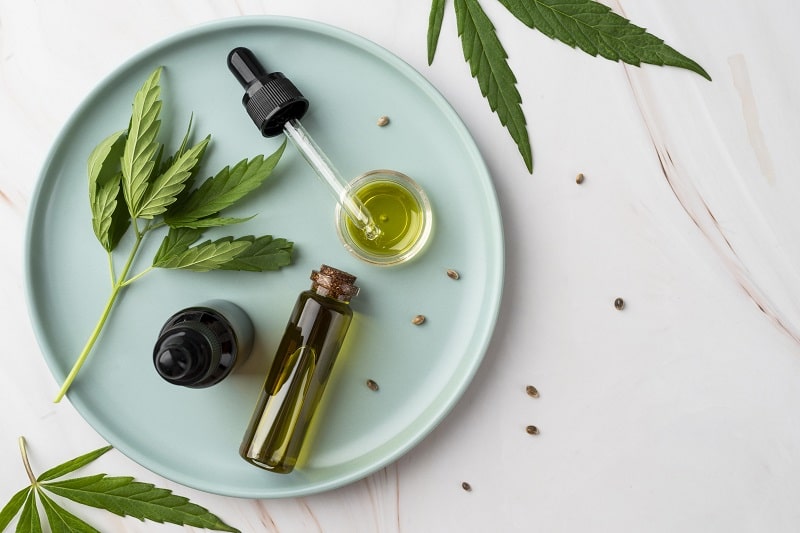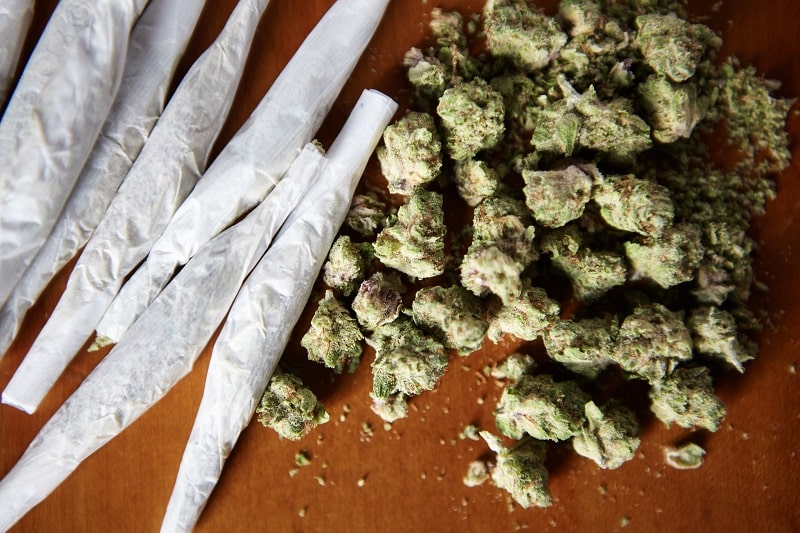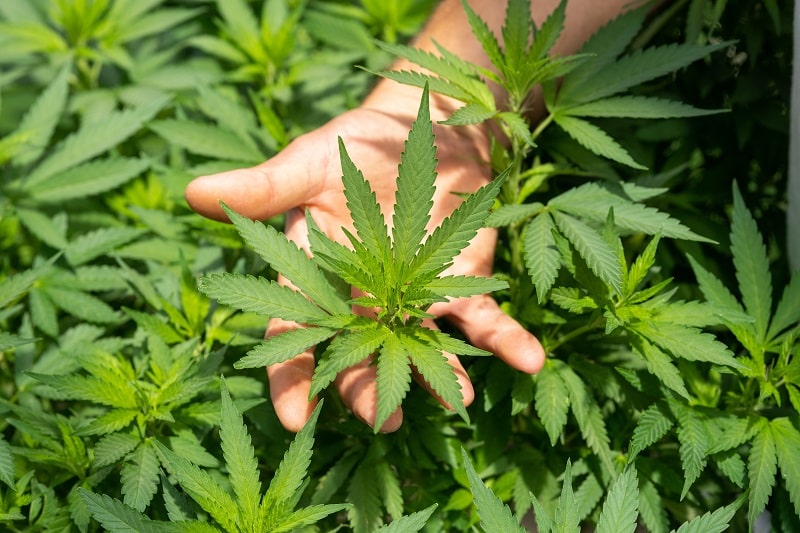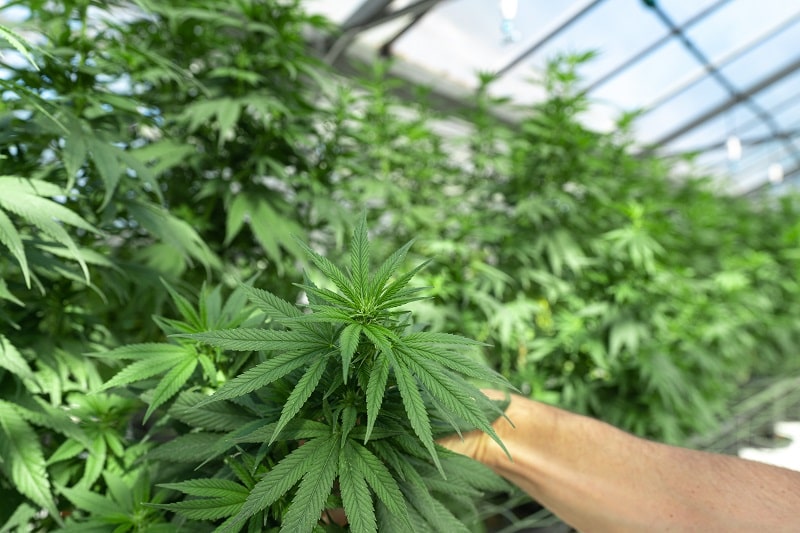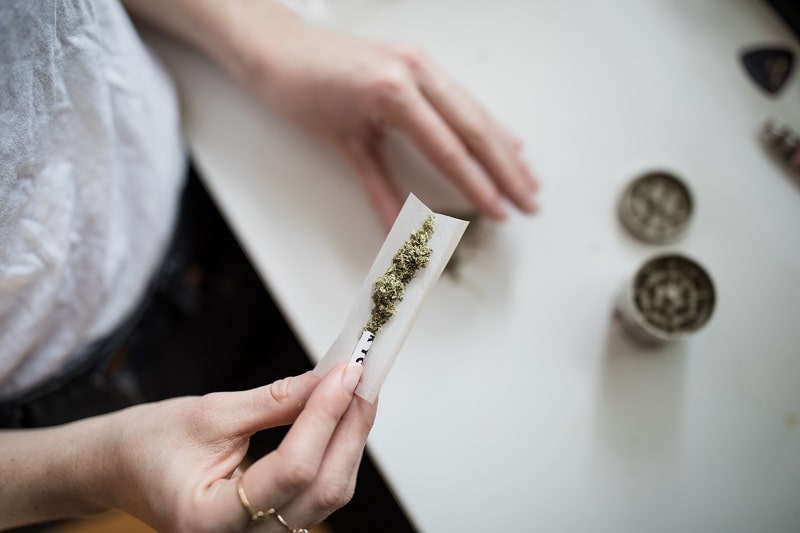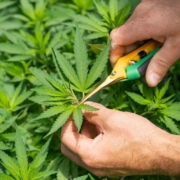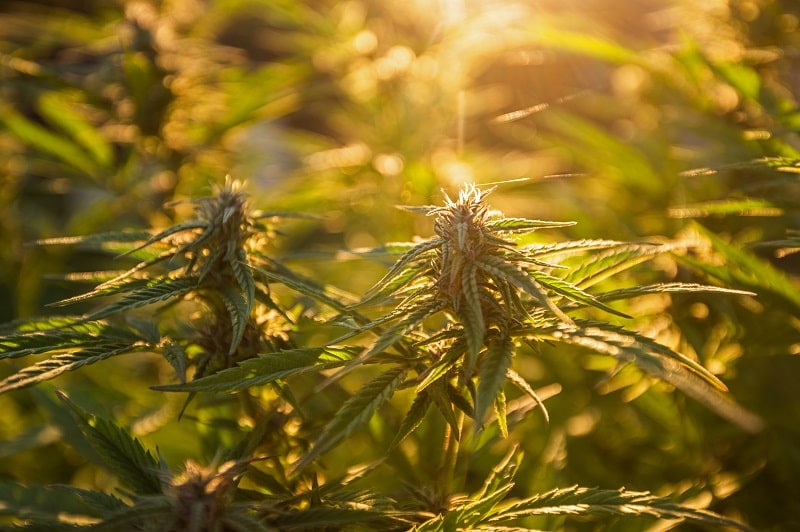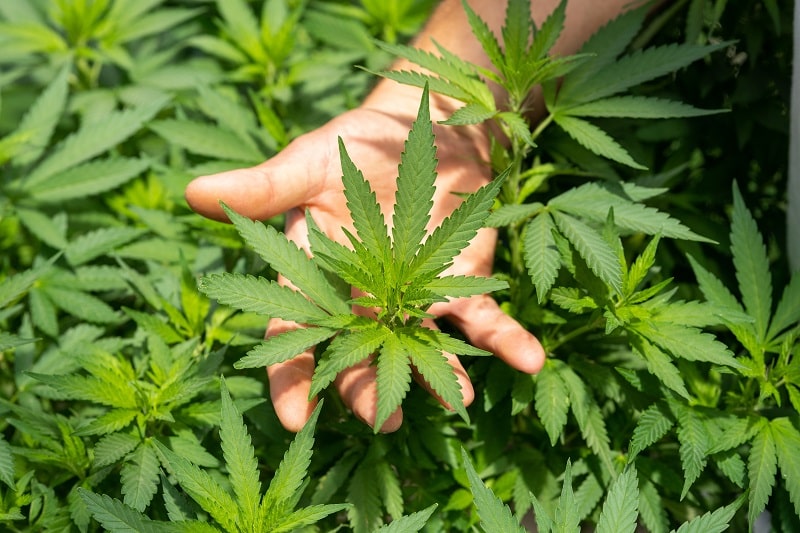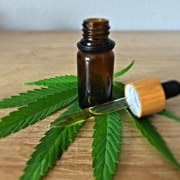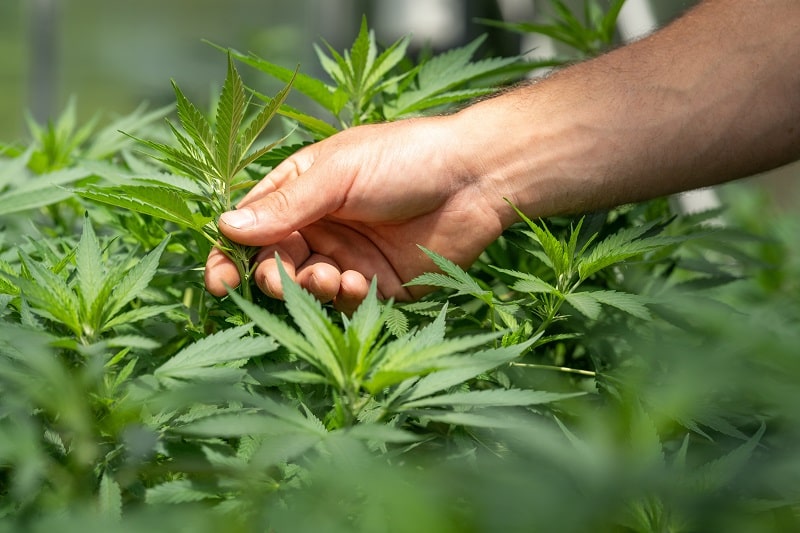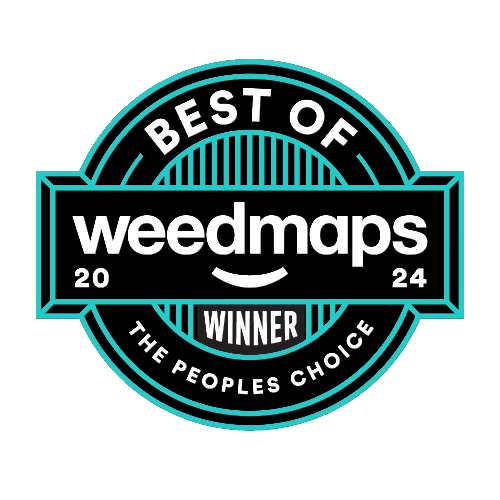Different Types of Wax Dabs: Beginners Guide
If you’re new to the world of dabbing, it can seem quite overwhelming and even intimidating. There’s lots of equipment you have to buy, like a dab pen or dab rig, and many new terms you may not have heard before, as well as all these different types of wax dabs, like crumble, budder, shatter, and so on. This guide will cover all you need to know about wax dabs.
What Is Dabbing?
Before we look at the different types of wax dabs and what makes them special, let’s start off with a simple, beginner question: what is dabbing or what are dabs? Dabbing is simply a method of cannabis consumption, just like smoking, vaping, or eating edibles.
It involves the use of a device, usually a dab rig, to heat up cannabis concentrates or extracts to very high temperatures. This vaporizes the concentrate, and the user can then inhale it. So when we talk about dabs meaning or definition, a dab is just a small amount of weed concentrate, applied to a rig and used for dabbing.
What Is Weed Wax?
So, we know what dabbing is, but what is weed wax? Simply put, weed wax, which can also be known under other names, like cannabis wax, marijuana wax, or tetrahydrocannabinol wax (wax THC), is a cannabis concentrate. In other words, it’s a highly potent substance, comprised of all the best bits of a cannabis strain.
When it comes to how to make dabs or wax dabs, they can be produced using a range of solvent-based and solventless extraction methods. There are lots of different types of wax that can be made, with varying textures, consistencies, and user experiences.
What Are the Different Types of Wax Dabs?
There are lots of different types of dabs that users can experiment with and enjoy. Here’s a brief rundown of some of the most popular and commonly-used varieties.
Cannabis Oil
Cannabis oil has a liquid, oily form. It’s a very versatile substance and can be used for making edibles or in various recipes, as well as for dabbing and other consumption methods. It’s one of the easiest forms of concentrate to work with.
Crystalline
Crystalline is the most potent form of dabbing extract. It’s essentially an extremely pure form of cannabis crystal and tends to be very expensive when purchased directly from locations like a cannabis dispensary in Portland.
Crumble
Crumble is a type of cannabis extract made of butane hash oil. It has quite a soft consistency, especially when compared to the likes of shatter, but is still capable of crumbling (hence the name) in the hand.
Honeycomb
Honeycomb is very, very similar to crumble. It has that same dry, crumbly texture and feel to it, and it got the name “honeycomb” due to how much it looks like a piece of real honeycomb or even honeycomb-style breakfast cereals.

Budder/Badder
Budder or badder is one of the most popular types of concentrate among THC dab enthusiasts. It’s quite similar to butter in terms of texture and is very pure and potent too, providing powerful experiences for the user.
Sugar Wax
Sugar wax, as the name implies, feels a lot like slightly damp sugar. It’s wet and sappy to the touch, and it can be anywhere from a deep yellow to bold amber in color. Sugar also tends to have an inconsistent texture and can be tricky to work with.
Pull ‘n’ Snap
Pull ‘n’ snap or pull and snap is an intriguing and increasingly popular concentrate that is quite runny and smooth, but still solid enough to be handled. It’s a lot like taffy, so you can stretch and mold it in your fingers. The name comes from how you have to pull, twist, and snap off little pieces to use in your rigs or vape pens.
Rosin
Rosin is made without any solvent, making it a very pure and highly prized dab type. It looks a lot like fudge or toffee, with a crumbly consistency and light brown color. It can easily be scooped out and onto the nail of a dab rig for simple consumption. It’s also easy to bake with.
Live Resin
Live resin is yet another type of wax dab. It’s one of the best quality options on the market, due to the way in which it is made with very fresh plant material. It’s sticky and deep yellow. Many dabbing enthusiasts like to argue in favor of rosin vs. resin, with lots of people preferring resin.
Terp Sauce
Terp sauce, or sauce, is an extract with a very high level of terpenes. Terpenes are the parts of the cannabis plant that give it its flavor and smell, so sauce, tends to be very aromatic and flavorful, with a liquid, gravy-like texture.
Shatter
Shatter is a well-known extract form, famed and prized for its purity. It tends to come in flat, solid pieces that can be broken up until small chunks. It’s really easy to handle, although you have to be careful not to lose any when breaking it down.
Diamonds
Diamonds are a lot like crystalline dabs, with a crystal-like form, similar to real diamonds. However, they’re made up of just one cannabinoid, like THC or CBD. They have very little flavor and are often mixed with some sort of terp sauce.
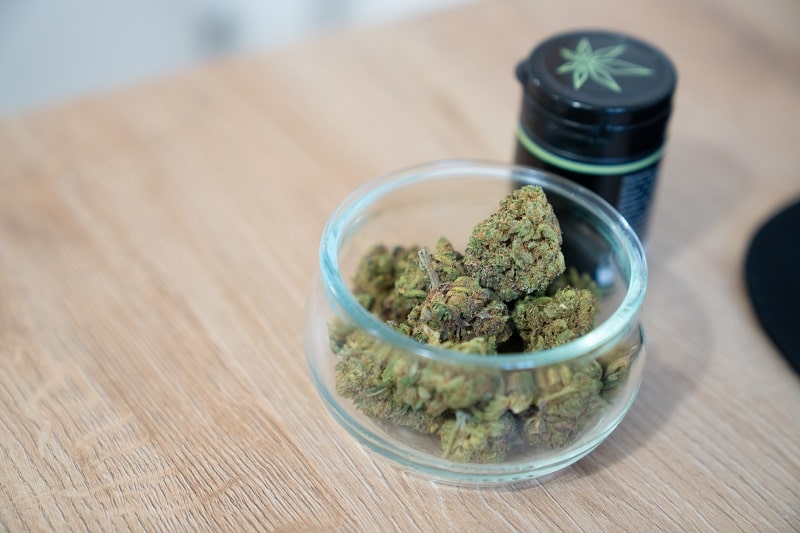
How To Use Wax Dabs
Dabs are most commonly used with a dab rig. You simply heat up the nail of the dab rig with the aid of a torch and then add your wax to the nail. The heat vaporizes the wax, allowing the user to inhale and experience the benefits. Dabs can also be used in certain types of vaporizers and vape pens.
What Supplies Do I Need?
If you want to get into dabbing and using wax dabs, you’ll need to invest in a dab rig. Rigs come in various shapes and sizes, from small pens to full-size rigs. You’ll also need a dabbing tool to scoop your wax or concentrates onto the nail, as well as the quartz or titanium nail itself. A torch is also needed to heat the nail unless you have an electric rig.
The Benefits of Dabbing
Dabbing can be a little confusing and complex at first, but it has many benefits. The main advantage is that it provides fast and powerful results. You won’t have to wait long to feel the effects of a wax dab, and the effects tend to be quite strong and potent. Dabbing is also a smokeless consumption method. Contact us for further details about the unique benefits of dabbing.
Overall, dabbing is an interesting and innovative way to consume cannabis, and it’s an ideal choice for those who want to try something different to the usual joints and edibles. We hope that this guide has given you a clear overview of how dabbing works and what makes wax dabs special.



